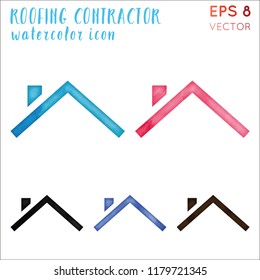Essential Seasonal Aspects Of Commercial Exterior Painting: What You Should Comprehend
Essential Seasonal Aspects Of Commercial Exterior Painting: What You Should Comprehend
Blog Article
Authored By-Fox Browne
When you're planning a business external paint project, seasonal variables can make or break your outcomes. You'll wish to take into consideration how temperature and moisture impact paint application and drying times. Choosing the right season can guarantee your paint adheres appropriately and lasts much longer. However which seasons are truly the best for this type of work? Allow's explore home painter that can impact your job's success.
The Effect of Temperature on Paint Application
When you're planning an industrial exterior paint task, the temperature can significantly affect how well the paint adheres and dries.
Ideally, you want to paint when temperatures vary in between 50 ° F and 85 ° F. If it's too cool, the paint may not heal appropriately, leading to problems like peeling or fracturing.
On the flip side, if it's too hot, the paint can dry as well promptly, avoiding correct bond and leading to an uneven surface.
You need to also take into consideration the moment of day; early morning or late afternoon supplies cooler temperature levels, which can be a lot more desirable.
Always examine the producer's recommendations for the particular paint you're utilizing, as they frequently supply advice on the perfect temperature range for optimum results.
Humidity and Its Result on Drying Times
Temperature isn't the only ecological element that affects your commercial exterior painting task; moisture plays a substantial duty as well. High moisture levels can slow down drying out times drastically, impacting the overall top quality of your paint work.
When the air is saturated with moisture, the paint takes longer to treat, which can lead to problems like bad attachment and a greater danger of mildew development. If commercial painters on an especially moist day, be planned for extensive wait times in between coats.
It's crucial to check neighborhood weather conditions and strategy appropriately. Preferably, go for humidity levels in between 40% and 70% for ideal drying.
Maintaining these factors in mind ensures your task stays on track and delivers a lasting finish.
Best Seasons for Commercial Outside Painting Projects
What's the best season for your industrial exterior paint tasks?
Spring and early autumn are typically your best options. Throughout these seasons, temperature levels are moderate, and moisture levels are usually lower, creating perfect problems for paint application and drying out.
Stay clear of summer's intense heat, which can create paint to completely dry as well swiftly, resulting in inadequate adhesion and surface. Similarly, winter months's cool temperature levels can hinder appropriate drying and healing, risking the long life of your paint job.
Go for days with temperature levels between 50 ° F and 85 ° F for optimal results. Bear in mind to check the local weather report for rain, as wet problems can spoil your task.
Preparation around these elements guarantees your paint project runs smoothly and lasts longer.
Verdict
In conclusion, planning your industrial external paint tasks around seasonal considerations can make a considerable distinction in the end result. By scheduling job throughout the optimal temperature levels and humidity degrees, you'll ensure far better adhesion and drying out times. Bear in mind to watch on neighborhood weather prediction and select the right time of year-- springtime and very early loss are your best choices. Taking these steps will aid you accomplish a resilient and specialist surface that lasts.
